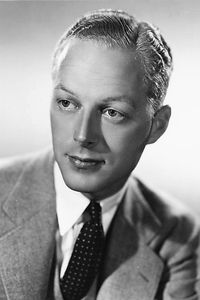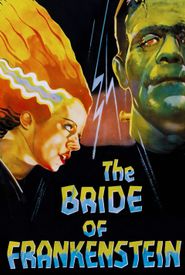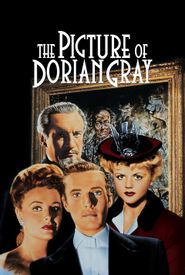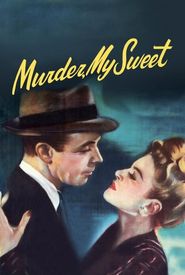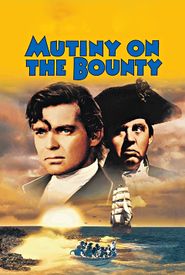Douglas Walton was born in Ontario, Canada, and like many Canadian actors before and since, he made his way to Chicago and then New York. With his slight frame, boyish face, and tuft of blond hair, Walton looked the part of ineffectual, effeminate, snobbish sophisticates, whining cowards, and other assorted types that were in demand during Hollywood's heyday of 1930s and 1940s film-noir.
Not interested in the stage, Douglas made his way to Hollywood, where casting directors were eager to take advantage of his unique type. He began with small character roles, but soon started receiving lines to speak and accentuate his parts. Walton's soft tenor voice lent well to his "weakling" roles, but he could also talk in a deeper voice for dramatic moments.
One of his early notable roles was as young Albert de Mondego in The Count of Monte Cristo (1934),showcasing his range. A year later, he appeared in Bride of Frankenstein (1935),alongside Elsa Lanchester and Gavin Gordon, in a memorable opening scene. Walton continued his run of high-profile film outings later that year with Mutiny on the Bounty (1935),starring Clark Gable.
In Mary of Scotland (1936),Walton gave an over-the-top performance as Lord Darnley, earning praise from director John Ford. By the late 1930s, his parts were more conventional secondary characters. By 1939, halfway through his career, Walton decided to take his first and only Broadway role in the original comedy "Billy Draws a Horse", although the play folded after only a week and a half.
Ford called on Walton again for two films: Bad Lands (1939) and The Long Voyage Home (1940). He continued to appear in high-profile films throughout the 1940s, including Northwest Passage (1940) and The Picture of Dorian Gray (1945). However, by the late decade, he was often credited as "Fop" or not credited at all.
Walton left film after 1950 and passed away from a heart attack at the age of 51, just a decade later.
